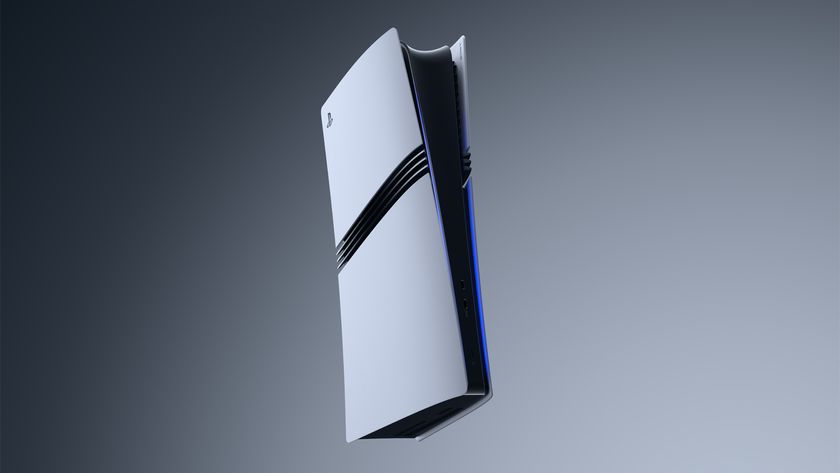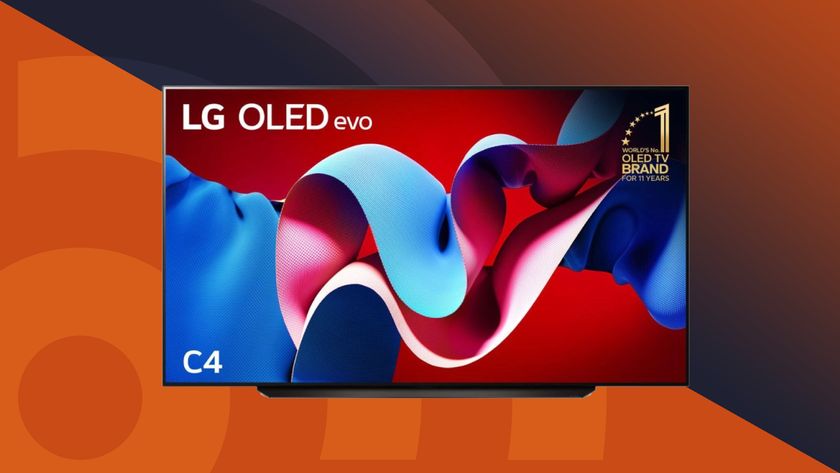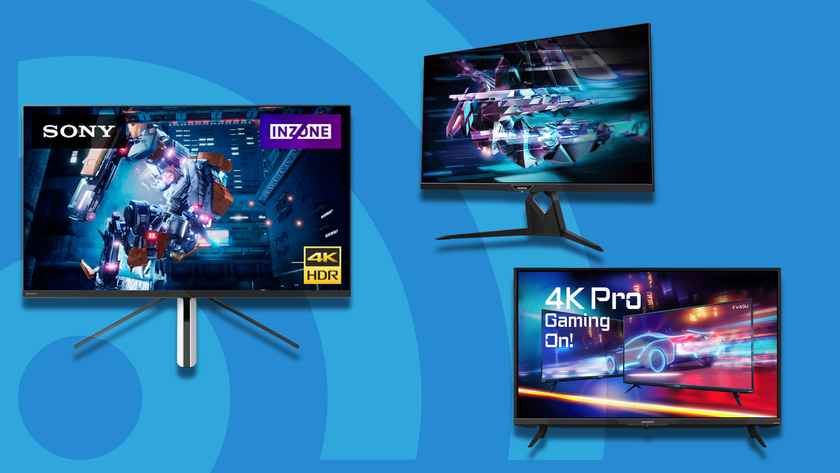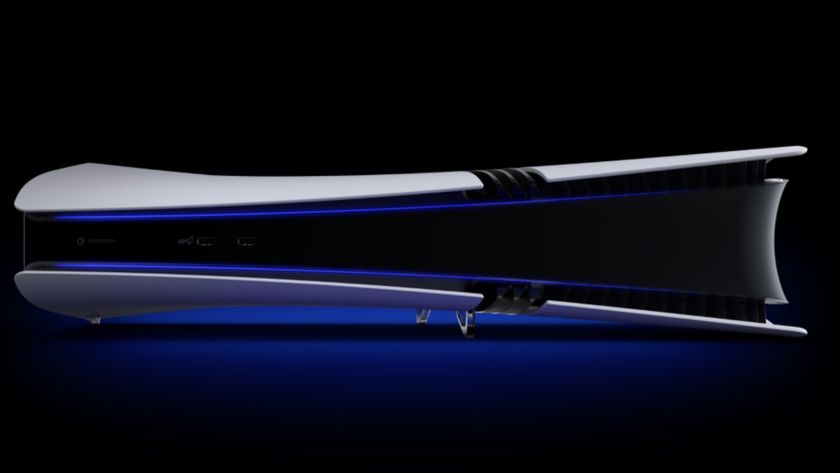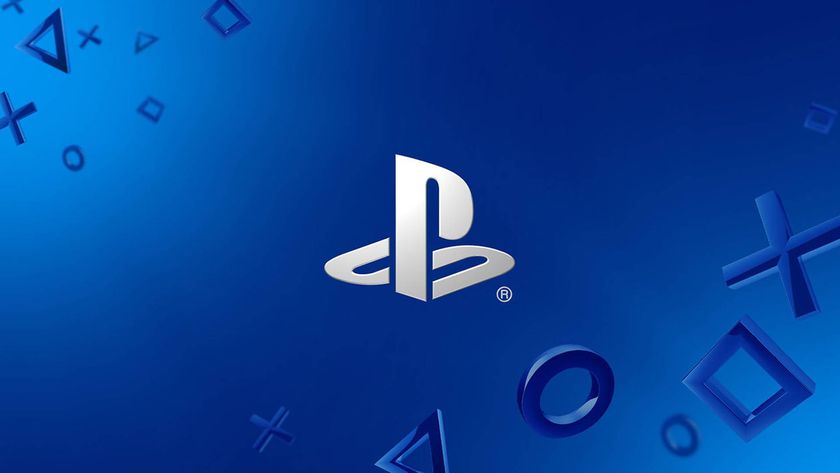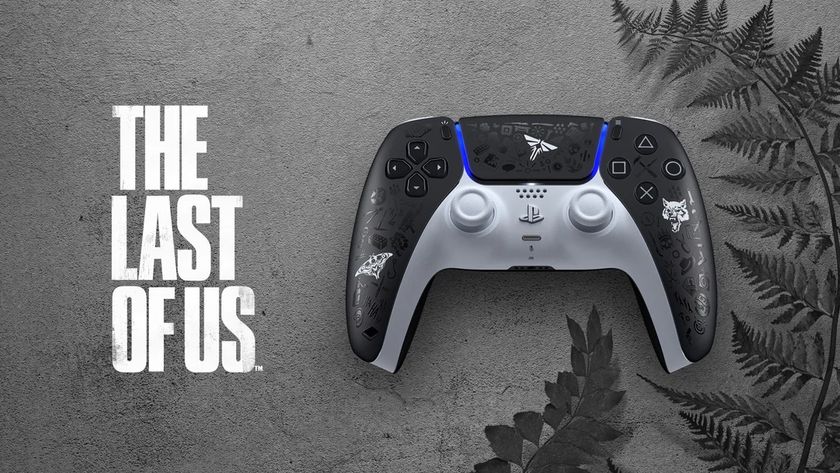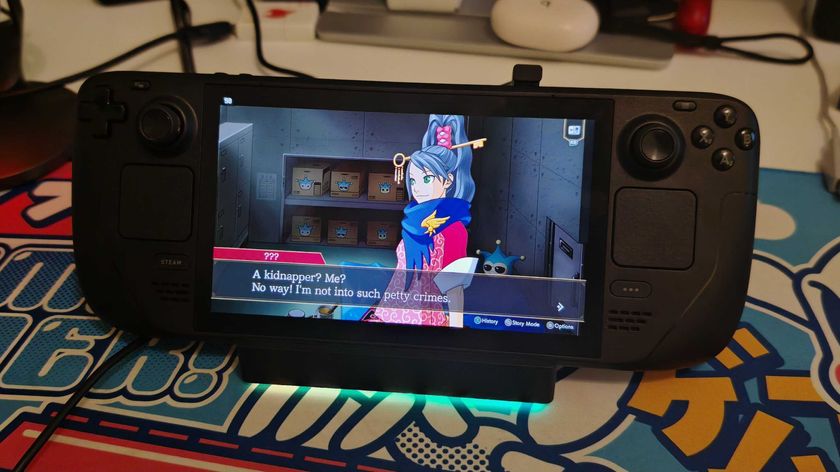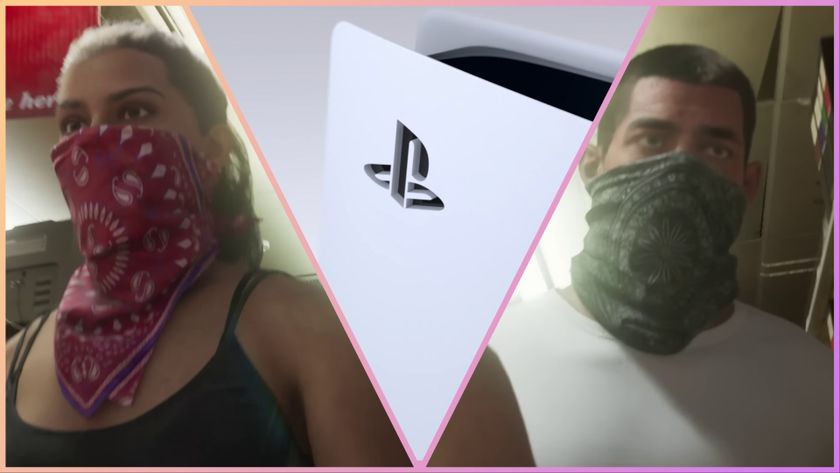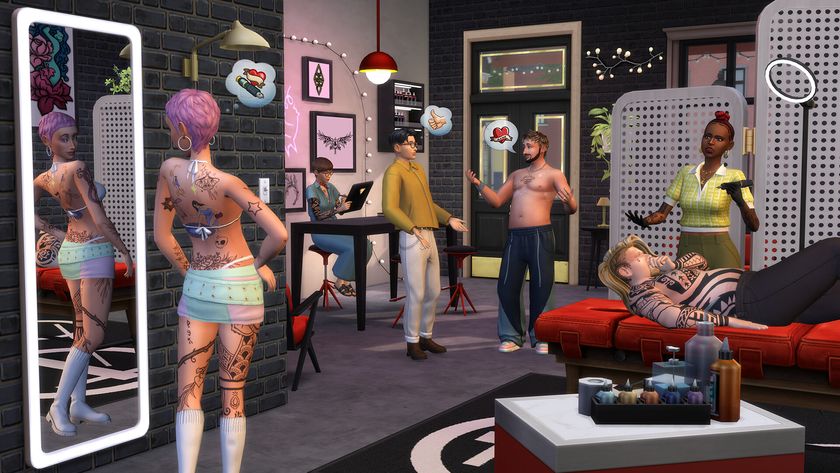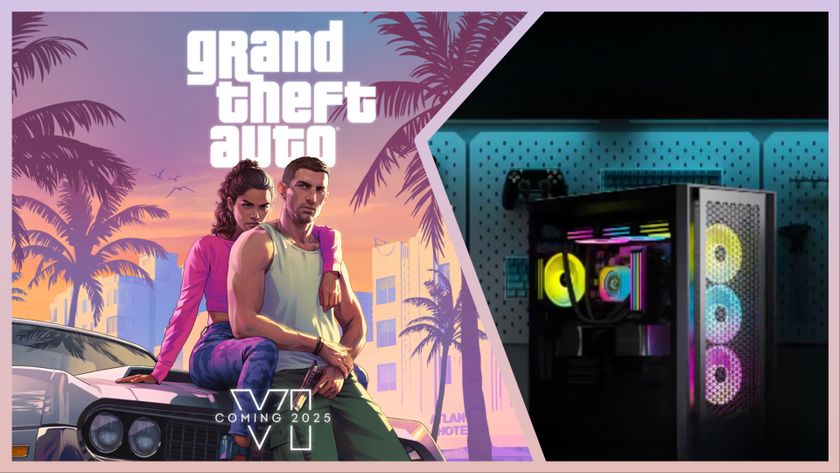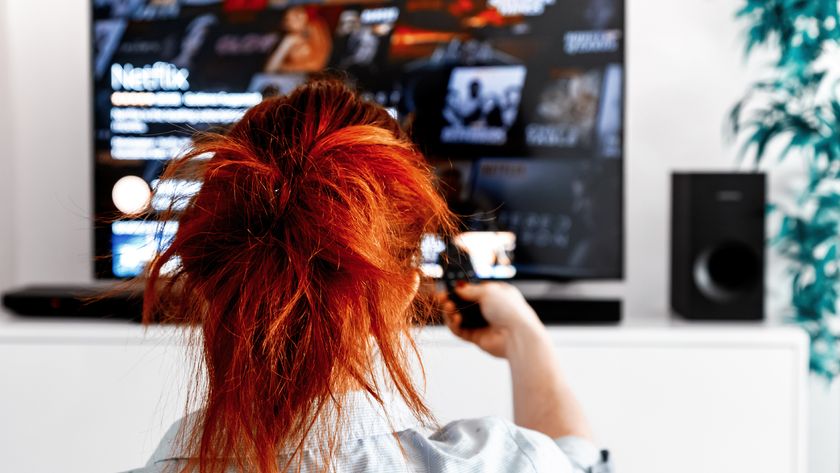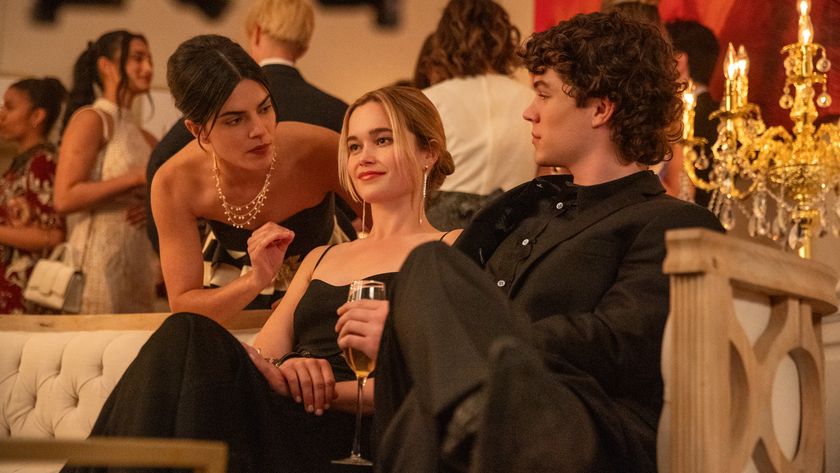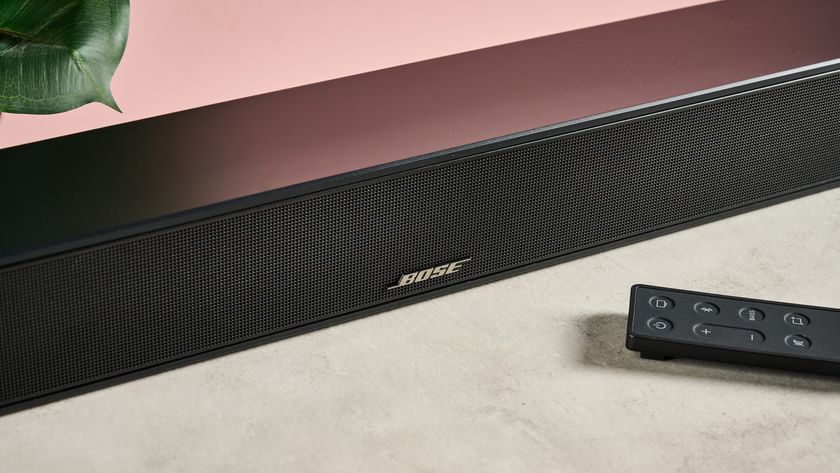I tested VRR on PS5 and it's great – but Xbox Series X does it better
Opinion: PS5 VRR isn’t quite as good as I hoped
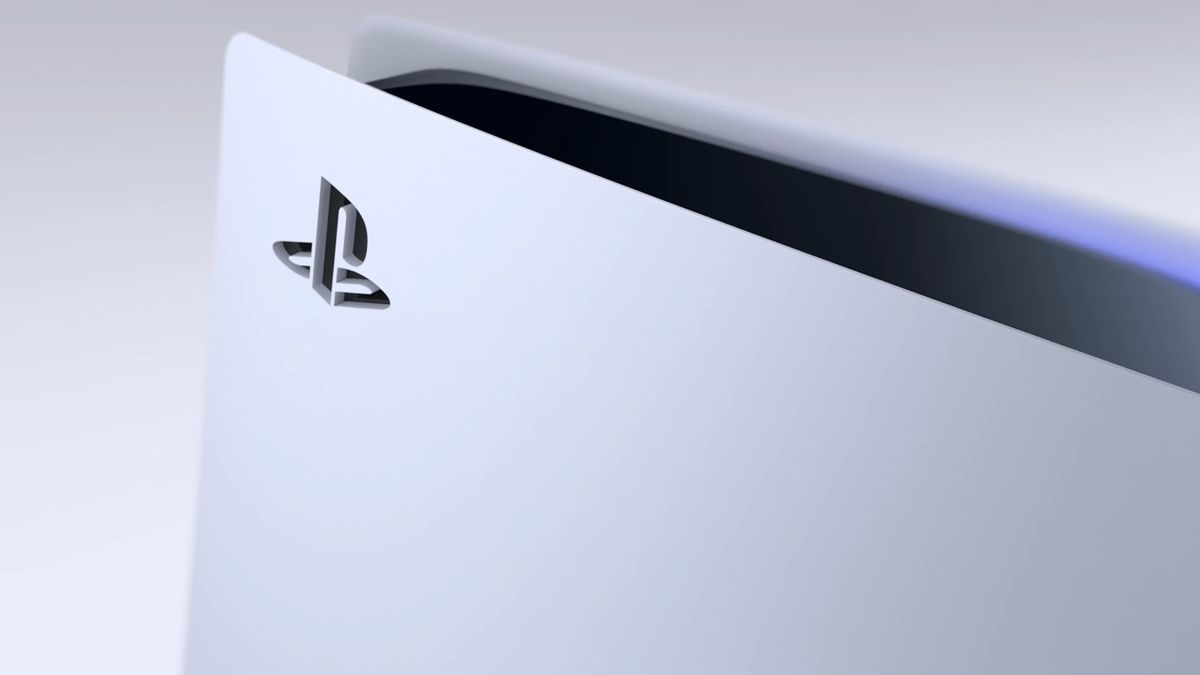
It’s been a long time coming, but PS5 VRR (or variable refresh rate) support is finally here. If you have a compatible HDMI 2.1 display you now can enjoy a smoother experience in supported PS5 games and wave goodbye to distracting screen tearing in the process (though you may need to reboot your PS5 if you can’t see VRR in the video settings as there’s no system update required).
During my testing – where I sampled a wide variety of PS5 games using an LG OLED CX – I came away mostly impressed. Sony’s implementation of VRR has a couple of quirks that you need to be aware of, however, and as it stands, I don’t think it’s quite as good as Microsoft’s answer to VRR on Xbox Series X|S.
The good news is that several developers have already rolled out updates to natively support VRR on PS5. Resident Evil Village, Astro’s Playroom, Devil May Cry 5 Special Edition, Deathloop, and Tiny Tina’s Wonderlands are just a few PS5 games that have received native VRR support. The result is that areas in these games that previously exhibited drops or had a generally unstable frame rate now run better than ever before, as VRR tackles any noticeable dip.
In Resident Evil Village with ray tracing enabled, the game is prone to the odd stutter in the main village square area, and as a result, I chose to disable ray tracing during my previous playthroughs and missed out on the impressive impact the technology can have. Now, though, VRR smooths out any perceptible drops, making the game feel like a locked 60fps even though it’s actually frequently failing to hit that target. You can see PS5 VRR in action quite clearly on an LG OLED CX by bringing up the VRR information panel (tap the green button on the remote multiple times until it appears).
A new gameplay experience awaits
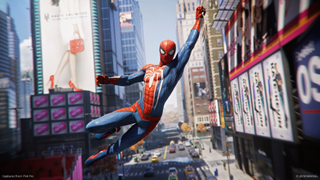
VRR is fantastic for those who are sensitive to frame rate drops and screen tearing, then, but we’re already seeing a more exciting use for the display tech on PS5 from Sony’s first-party studios.
If you play Marvel’s Spider-Man Remastered, Marvel’s Spider-Man Morales, and Ratchet & Clank: Rift Apart on a 120Hz display (and enable 120Hz in the game’s menu), you can enjoy uncapped frame rates in both ‘Fidelity’ and ‘Performance’ mode. That means that the previous caps of 30fps and 60fps have been removed, resulting in higher frame rates across the board. As pointed out by Insomniac, the games can now exceed the previous targets by “50% or more” depending on the gameplay.
And that’s certainly been true from my experience. Swinging around New York City in Spider-Man Remastered’s performance mode saw frame rates as high as 90fps, and due to an increase in temporal resolution that higher frame rates provide, everything appeared clearer in motion. It almost feels brand new again.
Fidelity mode was also a revelation in Spider-Man Remastered thanks to VRR. The previous arbitrary cap of 30fps is gone, resulting in gameplay that sits closer to 40 and 50fps. Again, this increase in frame rate, despite fluctuating between different values, feels smooth and consistent because of VRR, making the lower frame rate mode a more viable option for those who want the best graphical quality but couldn’t previously stomach the stodgy look and feel of 30fps.
I’m excited to see if Sony experiments with other games in this way as it technically means we’ll see more games support 120Hz in the future, which is an area Xbox Series X has a clear advantage over PS5 at present.
More benefits

Of course, it’s not just specific games that benefit from VRR. There’s a toggle in the PS5’s settings that lets you force VRR for unsupported PlayStation 5 games, and practically every title I tested benefitted in some way. The horrendous screen tearing in Ghostwire: Tokyo’s many high frame rate modes were thankfully eradicated, and even Cyberpunk 2077 seemed just a touch more consistent than before.
However, although I didn’t notice any visual issues in the games I tried, I did find two titles that didn’t support VRR at all: Horizon Forbidden West and Gran Turismo 7, and I imagine there will be many more. Both titles run at a fixed refresh rate, according to the LG OLED CX’s VRR information, which is a little disappointing.
Weirdly restrictive

Sadly, unlike on Xbox consoles, PS5’s VRR support also doesn’t apply to PS4 games, so you won’t see a performance benefit when playing backward compatible titles – even those that got a 60fps patch for PS5 like God of War.
Perhaps the biggest issue with VRR, though, is the fact that Sony chose to use the HDMI 2.1 VRR standard and not AMD FreeSync. For most modern TVs, this won’t be a problem, but there are countless displays and monitors, in particular, that can’t benefit from this version of VRR, including those that only have an HDMI 2.0 port. This isn’t the case on Xbox Series X|S, which both support FreeSync for VRR and therefore work on a wide range of compatible displays as a result. Check out this list of compatible displays that work with VRR for PS5.
The VRR range on PS5 is also capped to 48Hz - 120Hz, which isn’t as good as what’s available on the LG OLED CX, which has a superior VRR range of 20 - 120Hz. This means that if a PS5 game drops lower than 48fps when playing at 60Hz game, it may exhibit judder as it falls out of the VRR range. If Sony enabled FreeSync, however, this issue would be resolved as there would be a wider range, and would also make PS5’s VRR support compatible on far more displays. It seems like a no-brainer considering the PS5’s GPU is made by AMD and uses the open standard.
Another issue to look out for is that the PS5 drops your display's chroma resolution to YCbCr 4:2:2 when playing games at 4K/120Hz. As highlighted by Vincent Teoh from HDTVTest, you need to make sure your TV’s video range is set to ‘limited’ or ‘auto’ and not ‘high’, otherwise, this can result in a black level mismatch.
Work to be done
So, VRR on PS5 is fundamentally a great addition to Sony’s current-gen console, but the decision to not support PS4 games and not use FreeSync means it’s not quite as comprehensive as it could be. While it’s exciting to see how developers are using the power of variable refresh rate tech to inject new life into existing PS5 games, as well as many developers including native support, there’s still room for improvement on Sony’s side.
Now, let’s just hope we finally get 1440p support on PS5.
We've contacted Sony to find out why it opted for the HDMI Forum standard over FreeSync and will update this story should we hear back.
Get daily insight, inspiration and deals in your inbox
Sign up for breaking news, reviews, opinion, top tech deals, and more.
Adam was formerly TRG's Hardware Editor. A law graduate with an exceptional track record in content creation and online engagement, Adam has penned scintillating copy for various technology sites and also established his very own award-nominated video games website. He’s previously worked at Nintendo of Europe as a Content Marketing Editor and once played Halo 5: Guardians for over 51 hours for charity. He is now an editor at The Shortcut.
